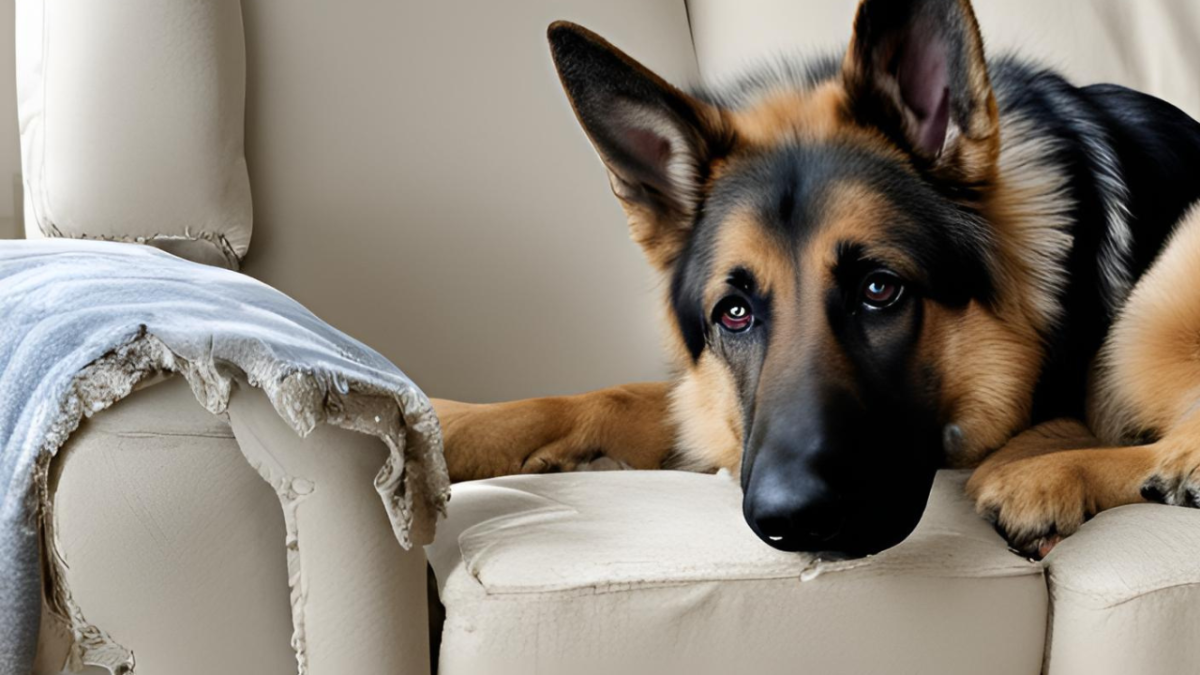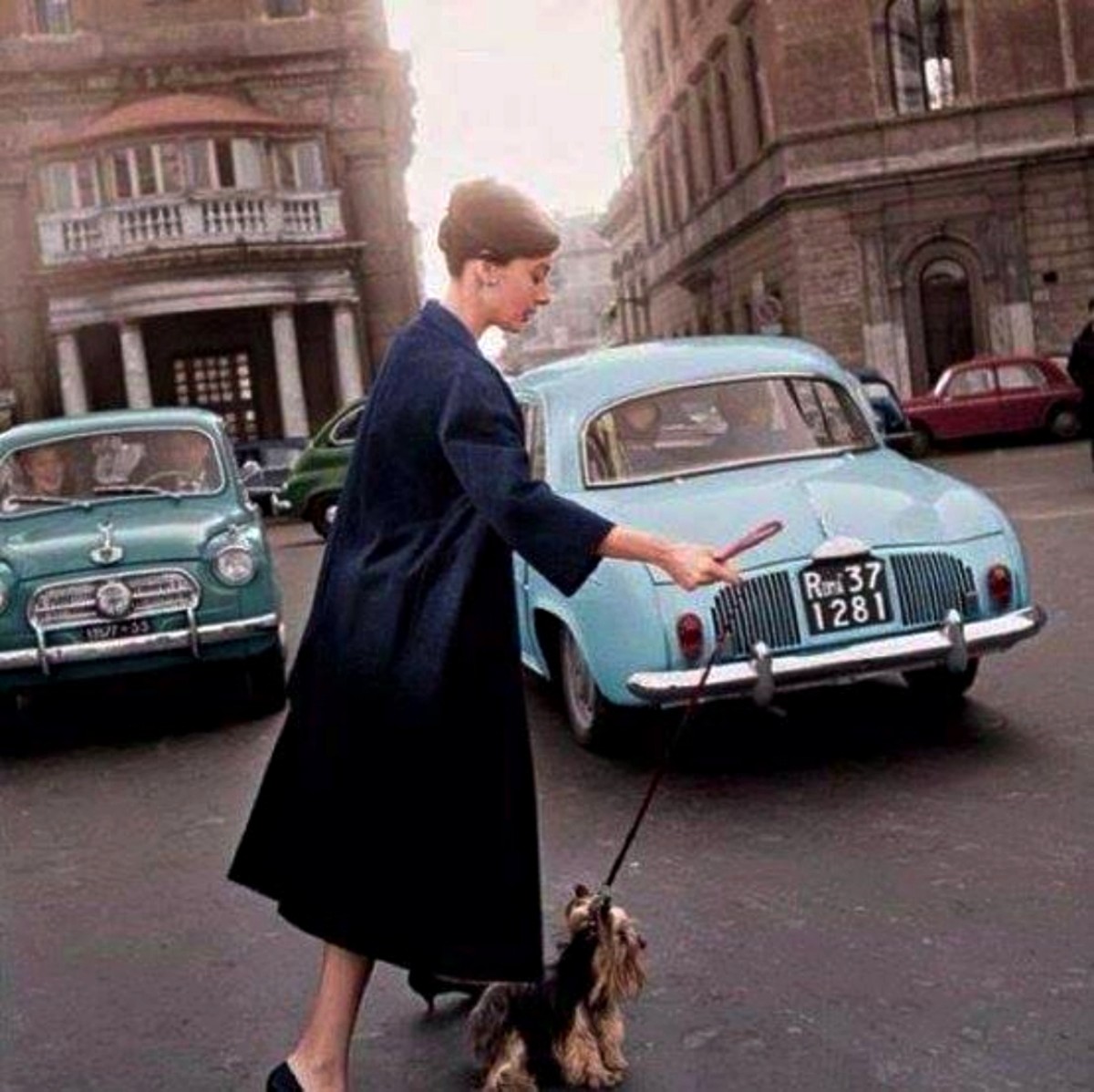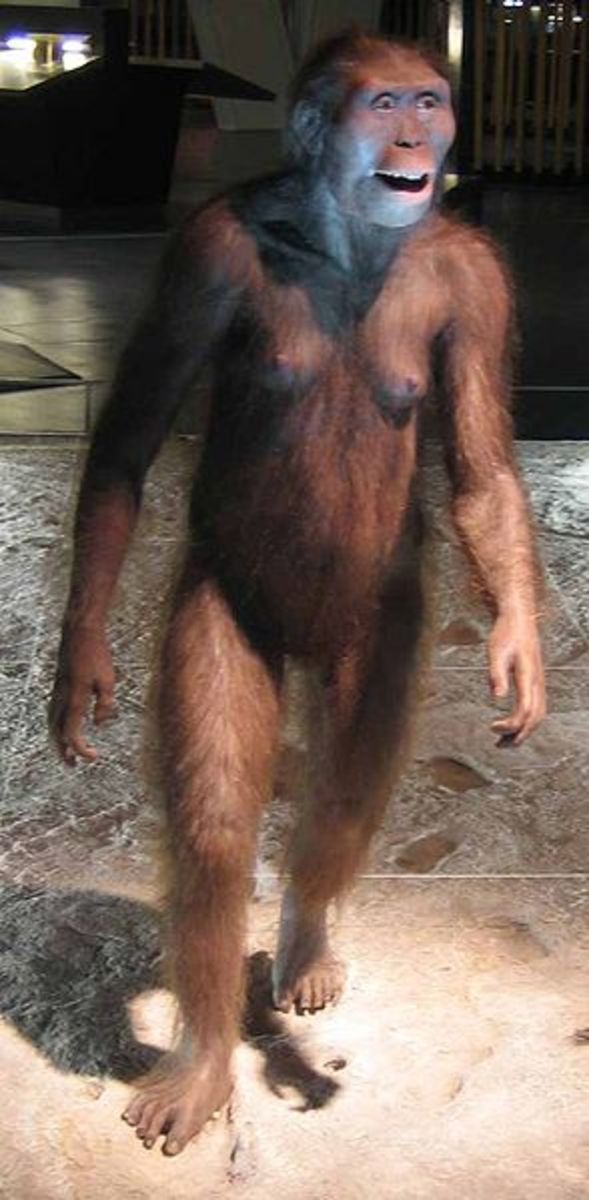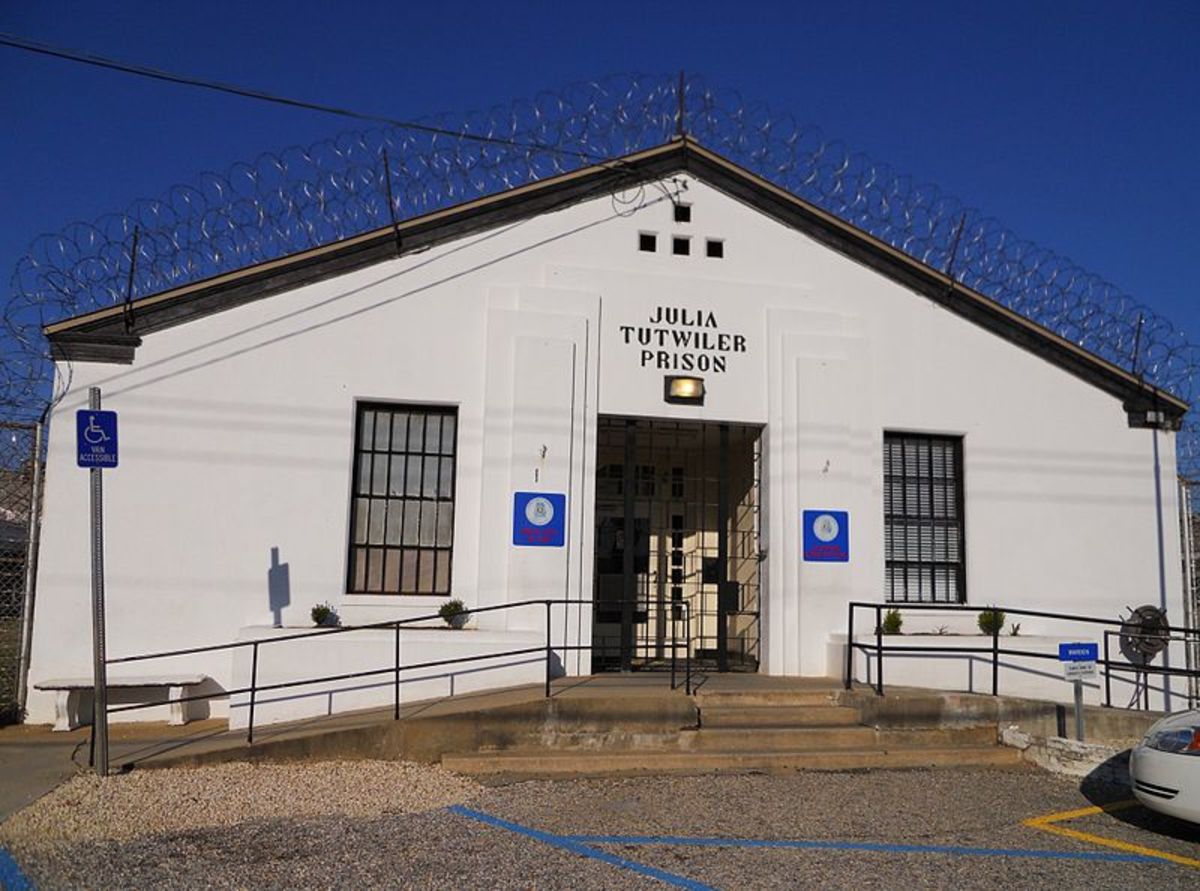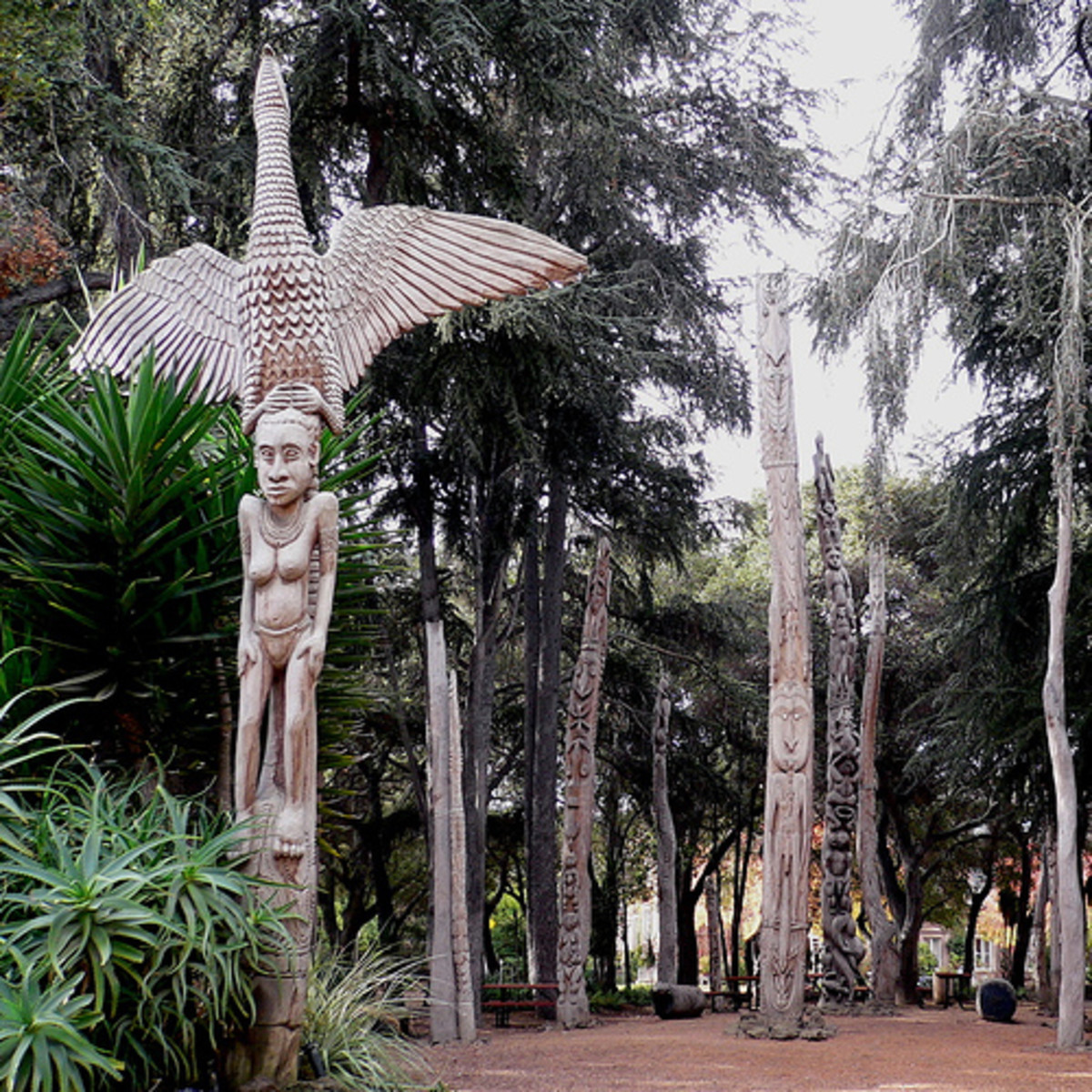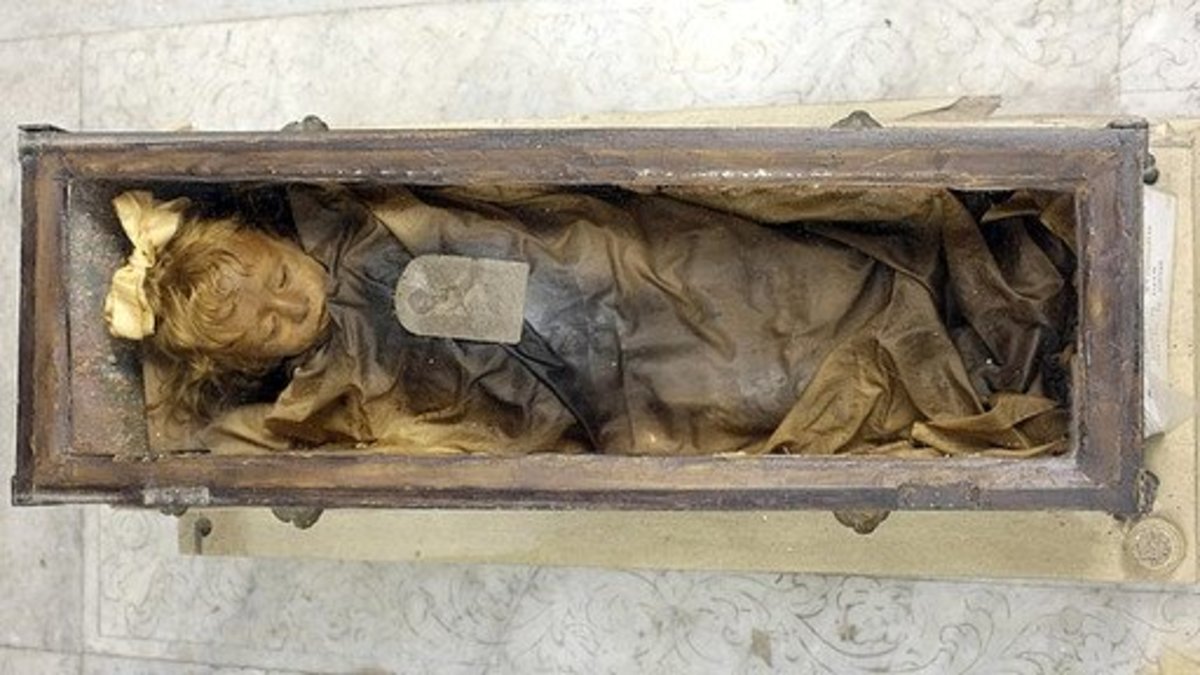Tigkalasan Talaandig 2
Tigkalasan Talaandig 2
Chapter V
Education, Arts and Culture
Intellectual Development
The Tigkalasan, like any other IP group had a certain means of preserving their Indigenous Knowledge from one generation to another. The Tigkalasan teaches these the simplest way of “learning by experience,” or learning by doing as the Scouting dogma goes. When the Tigkalasan boys reached the right age, the fathers taught them the intricacies of life. They accompanied by their fathers in hunting and gathering wild fruits abundant in the area. They are not circumcised as this is a practice of the lowlanders (banwaon) therefore a taboo for them.
Their girls learned from their mothers. They accompany their mothers in planting and gathering camote (sweet potato) for their food. The mothers taught them hygiene and sanitation during their puberty.[56] Once a girl reaches this stage it means that she is already ready for a married life. Hence, they marry at young age. It is precisely this reason that since they marry young and with the absence of proper medical instruction they also suffer a big mortality rate. Usually the girls are around during the delivery of the babies as earlier stated. This is one way of impressing on the sacrifices when giving birth, hence, they must respect the decision of their parents. However, in many instances, the mother delivered the baby alone. This is usually near the river, where, she could wash herself and the baby afterwards. Likewise, the boys learned the hardship their fathers encountered in looking for food when they went with them in hunting and gathering fruits.
It is worthwhile noting that during the hunting and gathering trips the men also gathered wild yams for their food. In other words, the duties of women to plant and harvest are only true in their communal farm but gathering food is the responsibility of everybody. Since, the farm is a communal one, as mentioned earlier, women usually go together. Every household is represented in the group and the sharing is dependent on the number of persons in the household rather than the superiority of one above the other. If ever a household is not represented, a share is set aside and even brought to their house.
Language
The Tigkalasan speak a language of their own that could be understood by the Manobos of Agusan and by the Higaunon and Talaandig in Western Bukidnon. Briones wrote that their language is 75% binukid but this is not the case, I observed that their language is archaic or older binukid because majority of the binukid terms are also understood or spoken by the Higaonons. It took time for Pahagno to explain what we mean and normally he explained the answers according to his own understanding of the questions and the answers. Their language is simple, take for example the following words: the binukid the words maayad means good, maumis means sweet, maragway means pretty, malumo means easy, but the Tigkalasan has one word for the four adjectives for them it is only mahagsay . In other words, they have little vocabulary and it shows their detachment from the rest. They have other words for example that only they can understand, so the figure must be the reverse. However, in the absence of statistics we would never know.
Arts
The popular form of art of the Tigkalasan is tattooing. Their body is adorned by numerous tattoos. The basic pattern or motif of their tattoos is frog in the belief that the frog represents an animal that produces so many offspring. Even in their crude form of carving, the frog is still the popular figure they carved. According to Briones this is also because they associated the frog with the rain. Their primary colors are red, black and purple. This is because these colors are the only colors available from the dye plants in the area. They have songs too. Actually when I visited the house with the new baby born, the younger brother of Manhikayan sang a song for me. He was singing a song comparable to the Bayok[57] of the Maranaos where the visitors are described in a song. So the young man described me as white and told them my habit of pulling the leeches when they bit me and so on and so forth, which made everybody laugh. They do not have any musical instrument.
Jewelries
Their women had their jewelries too. One of the oldest woman, named Sida, has several copper bracelets. I looked at it and found that they are actually the cores of electric wire. How they got them we would never knew. Most likely they got them through barter with the log cutters who ventured nearby. Their women are also tattooed. One time an elderly woman, from another household came to the house of Manhikayan. We were thinking that she was wearing a body-fit clothing because the dress appeared to follow the contour of her body. But when she got near we found out that she was top-less and the clothes that we thought she was wearing was actually tattoos.
Women’s Attire
Skirt made of woven abaca is the basic dress of their women. They do not wear any top clothing when the first team of fieldworkers came to their other hamlet. In the second visit, they already wear an upper garment but most of them do not wear any, hence, they kept inside their house and were afraid to face us, particularly their young women.
Men’s Attire
Their men on the other hand wear loincloth, G-string or bahag . At the side of the males is always a bolo. Though the place is cold, we appreciate the males’ use of the bahag when we went ahead of Briones in going back to our base camp in St. Peter. The double pants and clothing on us to protect us from leeches became the hindrance of our trek back because it restricted our movements. While the utility boys with us, even though they were carrying heavy loads moved swiftly because the bahag allowed their lower limbs to move freely.
Teeth Adornment
Their men or even some women had their teeth filed to the gum. When asked why, they said, “so that they will not look like animals.” They also paint their teeth black, again with the reason that only animals and the lowlanders had their teeth white. I inquired how they paint it black when the color of betel chewing is red. Manhikayan explained to me the procedure. After filing they get a fresh rattan vine and burn it. The fresh rattan when burned he said produced a black sap. They rub this sap into the teeth and it remains there until they will remove it by filing again (See Illustration).
House
Their houses are built from ten to twelve feet above the ground. The posts are not so big but columns of it to support the flooring. The flooring, the side covering and the roof are made of the bark of trees. They had wild bamboos but not so much in use in house construction. These are not abundant in the area because of its cold climate. Their stair or ladder is made up of notched tree trunk. Asked why they built their house so high from the ground they said that it would protect them from crawling and other animals in the jungle. It protects them from possible attack of the Magahat , a warrior type of Manobo in the area. The Magahat attacks during the night they said and thrust their long spears to the people sleeping above. So, to defend themselves against possible enemies they built their houses high above the ground (See Illustration).[58]
Actually, while we were still there a group of Magahats came. We did not know that they were Magahat until Datu Pahagno told us. Briones who was concern of our safety belted his 45 cal. Pistol hoping that by showing it the Magahats will think twice to do any harm. What happened was, the Magahat leader offered to barter the gun with something. Briones did not accept the offer and made excuses. But the Magahat did not leave. When they finally left the next day, we decided to leave ahead to secure our women from any harm. Luckily we reached St. Peter safely and when we found an available transportation back to the logging company of the Valderamas, we took the opportunity right away. There, Castillo called up some people to inform them about Briones staying over with the Tigkalasan. Anyway, Briones and Noriel Alfonzo our artist came later the next day.
We sensed that the Tigkalasan appeared to have panicked, when the Magahats arrived but they did not show it to us. But by the name Magahat alone, I was already apprehensive of what they will do to us and with the ladies it would be very hard to think what should have happened. Briones told us that they were planning to stay two more days, but the Magahats came back after we left. So they decided to leave even before the sun rises up by the next day using another trail that their Tigkalasan guide knew of. During the whole night they were not able to sleep for fear that a spear might be piercing them anytime(See illustration).
Traits
Hospitality is one of the traits of the Tigkalasan. Although newcomers are taboo to their area or hamlet they accepted us with an open arm so they say. They are friendly and kind and willing to share what they had with the other members of the village including us. When our provision was consumed they shared their camote with us. The two girls with us went with them gathering camote. And they were impressed by the Tigkalasan’s concern for other households. As stated earlier, a portion for the household that is not represented was set aside. Even to the most notorious IPs in the area, the Magahats, the Tigkalasan was still very cordial with them. They came in peace so they accepted them in peace. The only problem was that, the Tigkalasan did not have any war weapon except their bolos. Compare these to the spears and arrows that the Magahats were brandishing, the Tigkalasan were pathetic in any event of harassment of other armed group.
How did they show their Appreciation
Canned goods were new to them, so to tell others about the palatable food we had, one of them took the can and cleaned the remaining sauce of the canned fish and rubbed it on his hair. Then he ran down to the others and let them smell his hair as if bragging that he had eaten something new. We found later that others came too share with us our meals. Of course we cannot just tell them to get out because we are their visitors. Our only consolation was that, they shared with us their scanty camote when our supplies were out. I observed that the young brother of Manhikayan was tapping his head whenever we were talking. Briones observed the same and we became curious that we started counting whenever they did that. We found out that they tapped their head whenever they are happy, appreciate something, having problems, or even reluctance. Briones an anthropologist did not find this reflex action (as scratching our heads) being practiced by other tribal groups in the country.
How did they offer their visitors betel chewing
Another indication of their hospitality is offering betel quid chewing to visitors. Manhikayan offered me betel chewing when we visited the newly born baby and the mother. Actually, Noriel and I were just across the house where the newborn was. We fixed our tent across the footpath. Their betel quid chewing is different from the others that I had seen. First they will pound a fresh tobacco leaves with their small bamboo mortar and pestle. They will open the young betel nut and get the meat inside and replace it with the pounded tobacco wrapped withbuyo (areca leaves), together with the young rattan fruit, then offered it to me. But I observed that Manhikayan did not place any lime (made up of burning the empty edible river shells they found by the river). So I requested some, he hesitated at first but I was so insistent, so he gave me some. When I started chewing, in an instant my world seemed to be turning around and I felt my palate and tongue burning. I pretended to be okay but it was very disturbing to me. I went down and threw the betel chew I had and drank water to ease my lime burned mouth. Actually I got so dizzy as if I was about to vomit.
Where did they kept their valuables
Although, their houses are like a commune also where every member of the village are welcomed, they had also their own secret repositories. Just below the house of Manhikayan there was a small tree house around two feet square and two feet in height. That is where they kept some of their valuables and broken plates. These porcelain plates were used for their offerings because we observed that every tree stump, there were broken pieces of these plates together with an egg. As mentioned by Briones in his work and had been cited earlier in this research, these are intended to appease the spirits living in those trees that were cut. Of course in it were other items like clothing and copper bracelets and other things that we don’t know what. These are all came from the descendants of Palagsulat, hence, they are kept outside for it is a taboo to bring anything inside their house anything that comes from the descendants of Palagsulat.
Health
One will wonder how the Tigkalasan was able to cope up with the harshness of the temperature with their bare clothing. But they were able to survive these hardships. To counter the cold of the rainy days and night, all the Tigkalasan slept around the hearth. They had some herbal medicines but we had no time knowing them due to the short period we were there. Their Indigenous Knowledge of the herbal medicine must be good enough considering that during our stay there we did not find anyone getting cold. However, when somebody is sick, they believed that the sickness is the working of the bad spirits. So, the leader who is also a sort of a shaman would go to their ladawan , two wooden carvings that look like a man and a woman and tie something in the ladawan where the sick person feels the ailment. This ladawan was so hidden that only Manhikayan knew of it.
As mentioned somewhere in this research, the head of the baby was very black because of the sputum or saliva from betel chewing. The purpose of putting this on the head of the baby was to keep the baby’s head warm as the saliva is warm not only because it came from the mouth but also the lime that they put on their betel quid chewing is hot. I did not understand it at first until my mouth got burned because of the lime that I placed on the betel quid chewing that Manhikayan offered me.
Midwives and mothers
There are no accepted midwives in the hamlet. Everyone helped one another. When an expectant mother is about to deliver her baby, the women in the community including the young women and young girls were around to help. Just imagine that they only had one metal pan, and they did not know the use of hot water or lukewarm water during delivery. One can only imagine how the baby is being washed after coming into the world, without basin and kettle to have hot water to clean the baby? But they survived. The only thing is that, I was so shy then to ask about how are these done and our lady companions did not also bother asking about it and when they were scheduled to interview them, that was the time that we were forced to leave the area because of the Magahats.
General Observation
The Tigkalasan has no concept of private property except their clothing, wife and children. They live in a commune society where everything is shared with everybody. They have recreation among children but recreations that are also related to their daily life. Girls made weaving a pastime, boys had arm wrestling, jumping, hill racing, head balancing and many more. They count by ten and reckon time by counting how many sunsets had passed. When it comes to measure they did it by comparing weight through lifting. And as stated above the Tigkalasan are friendly and they lacked the equipment of war, they did not have any army so to say. They are peaceful loving people.

